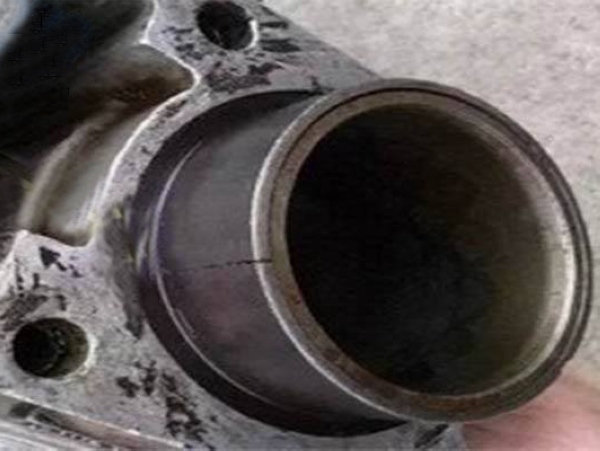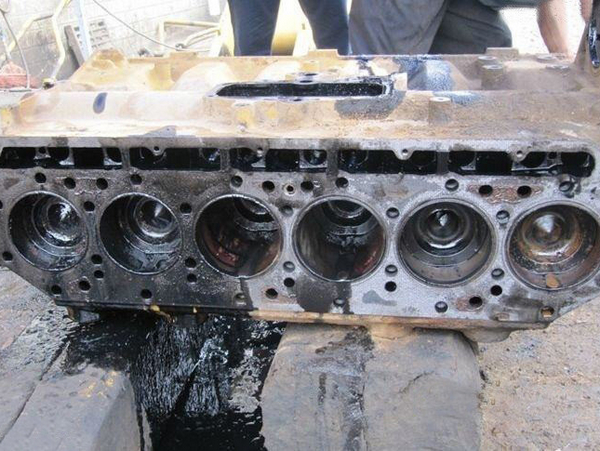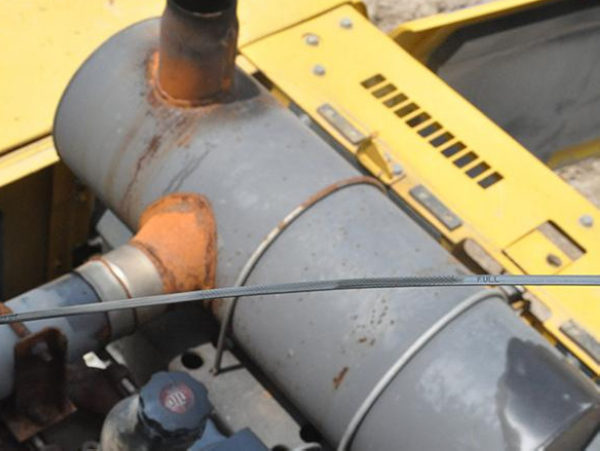> Overview: News
> Overview: Service
> Overview: About
As the core equipment in engineering
construction, the stability of excavator engine system is very important.
However, if the hidden fault of oil water is not handled in time, it will cause
the crankshaft and connecting rod deformation to cause engine jitter, and it
will cause component fracture to cause the whole machine to be scrapped. This
paper analyzes the causes of failure and diagnosis methods from a professional
perspective, and provides technical guidance for front-line maintenance
personnel.

Five big triggers to watch out for
1. Water plugging corrosion leakage: the water
plugging corroded by the coolant for a long time is easy to form
through-through rust holes, resulting in cooling water penetrating into the oil
pan through the channel, and the sealing of the water plugging should be
regularly tested.
2. Oil radiator failure: the damage of the
radiator line will make the external coolant invade the lubrication system,
especially the cracks of the radiator shell and the aging of the interface.
3. Cylinder liner stress crack: in winter, the
use of antifreeze leads to the freezing crack of the cylinder block, or the
sharp change in the temperature difference between the cylinder liner and the
coolant produces micro-cracks, resulting in the coolant directly into the
crankcase.
4. Seal aging: hardening deformation of
cylinder liner seal ring is one of the main causes of water inflow, and
relevant seals need to be replaced synchronously during engine overhaul.
5. Cylinder pad failure: The failure of the
cylinder pad under high temperature and high pressure will break the separation
between water and oil, it is recommended to replace the new cylinder pad every
time the engine is removed and installed.

Four steps for rapid diagnosis
1. Appearance observation method: the normal
oil is transparent brown, the oil will appear milky white turbidity, and the
oil pan can be clearly stratified when discharging oil.
2. Coolant detection: open the tank cover to
observe the liquid level. If oil flowers are found floating or the coolant is
viscous, it can be determined that oil and water are mixed.
3. Dipsmeter detection method: the oil and
water emulsification will form white foam in high temperature environment, and
the emulsion attachment can be seen when the dipsmeter is extracted,
accompanied by the abnormal increase of the oil level of the machine.
4. Pressure test method: use a special
detector to pressurize the cooling system, and observe the pressure gauge value
mutation to accurately locate the leakage point.
Code for emergency handling

After the oil is found to be in water, it
is strictly forbidden to start the engine twice! The three-step disposal
process should be implemented immediately: first, drain the deteriorating oil,
second, thoroughly clean the oil channel and replace the filter element, and
finally, the professional technician uses an endoscope to detect the water in
the cylinder. During maintenance, it is necessary to focus on high risk
components such as radiator, water blockage and cylinder liner sealing ring. It
is recommended to carry out pressure testing of the cooling system every 2000
hours.
Technical experts stress that preventive
maintenance is the key to avoid such failures. Maintenance procedures such as
freezing point detection of antifreeze liquid, ultrasonic detection of water
blockage and hardness test of cylinder liner should be strictly implemented in
daily life to reduce the risk of engine water intake from the source and ensure
efficient operation of equipment.
2025-01-21
2020-07-08
2020-08-24
2020-01-21
2019-12-25
2019-11-01
2021-02-01
2020-10-26
2021-01-14
2020-12-11
2020-07-04
2020-09-30